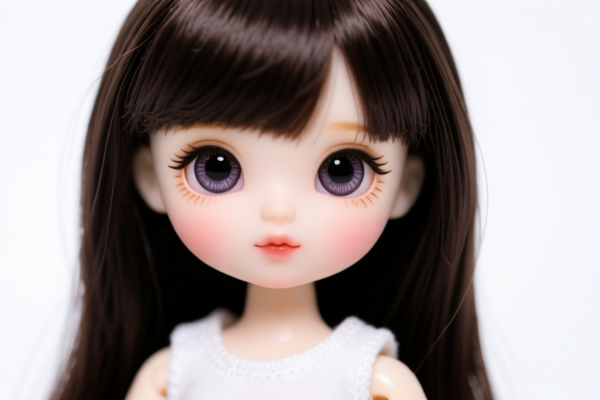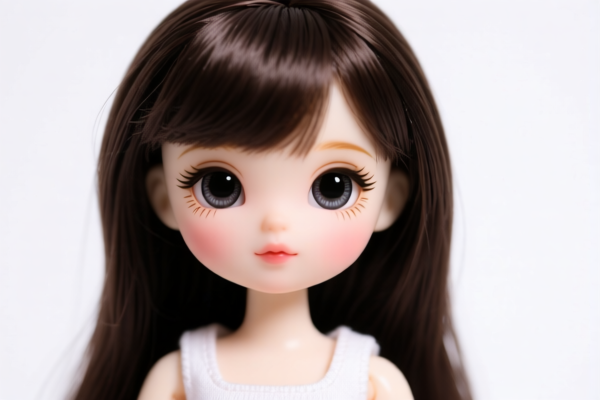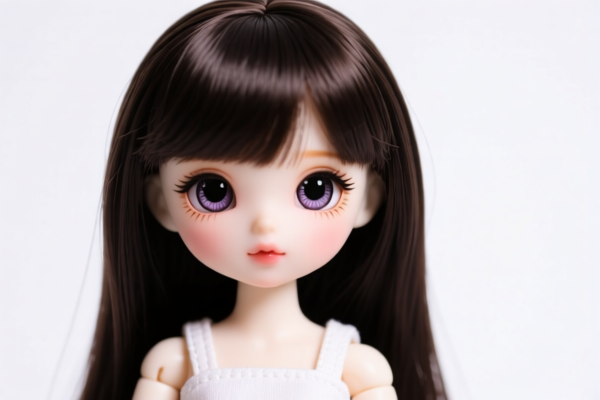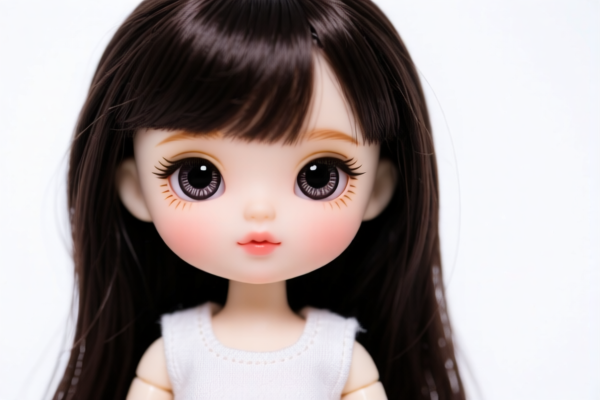| HS Code | Official Doc | Tariff Rate | Origin | Destination | Effective Date |
|---|---|---|---|---|---|
| 9503000011 | Doc | 30.0% | CN | US | 2025-05-12 |
| 9503000071 | Doc | 30.0% | CN | US | 2025-05-12 |
| 9505101000 | Doc | 37.5% | CN | US | 2025-05-12 |
| 9505104020 | Doc | 30.0% | CN | US | 2025-05-12 |
| 6701003000 | Doc | 59.7% | CN | US | 2025-05-12 |
| 6701006000 | Doc | 59.7% | CN | US | 2025-05-12 |
| 6704900000 | Doc | 37.5% | CN | US | 2025-05-12 |
| 3926400010 | Doc | 35.3% | CN | US | 2025-05-12 |
| 3924104000 | Doc | 33.4% | CN | US | 2025-05-12 |
| 3924905650 | Doc | 40.9% | CN | US | 2025-05-12 |




Christmas Doll
A Christmas doll is a doll traditionally associated with the Christmas holiday, often given as a gift and embodying festive themes. Their history and characteristics vary considerably.
History
The tradition of Christmas dolls originates from 19th-century Germany, specifically with the Lebkuchen dolls. These were originally gingerbread dolls, elaborately decorated and often representing figures from fairy tales or royalty. As time progressed, these gingerbread dolls were replaced with wax, papier-mâché, and eventually composition and plastic dolls. The dolls gained popularity in the United States and other countries through imports and later, domestic production. During the Victorian era, Christmas dolls were considered a special treat, representing a degree of affluence and parental love.
Material
Historically, Christmas dolls have been made from a variety of materials:
- Gingerbread (Lebkuchen): The earliest form, though fragile and perishable.
- Wax: More durable than gingerbread, allowing for greater detail.
- Papier-mâché: Lightweight and easily molded, popular in the 19th and early 20th centuries.
- Composition: A mixture of materials like wood pulp, glue, and other substances, resulting in a more robust doll. Common from the 1920s-1950s.
- Plastic: The most common modern material, offering durability, affordability, and a wide range of design possibilities.
- Fabric/Cloth: Used for clothing and sometimes for the doll’s body, often in rag doll styles.
- Porcelain/Bisque: Used for higher-end collectible Christmas dolls.
Purpose
The primary purpose of a Christmas doll is as a gift, particularly for children. They serve as:
- Toys: Providing entertainment and imaginative play.
- Collectibles: Antique and vintage Christmas dolls are highly sought after by collectors.
- Decorative items: Displayed during the Christmas season as part of holiday décor.
- Symbols of affection: Representing a parent’s or gift-giver’s love and thoughtfulness.
Function
Christmas dolls function primarily as objects of play and aesthetic enjoyment. They encourage:
- Imaginative play: Children create stories and scenarios around the dolls.
- Nurturing behavior: Children often care for and "mother" their dolls.
- Appreciation of craftsmanship: Especially with antique or handmade dolls.
- Holiday spirit: Reinforcing the festive atmosphere of Christmas.
Usage Scenarios
- Gift-giving: Presented as a Christmas present to children.
- Holiday displays: Featured in Christmas scenes and dioramas.
- Doll collections: As part of a broader collection of antique or modern dolls.
- Nursery/Children’s room décor: As a decorative element.
- Special occasions: Used in Christmas-themed events or plays.
Common Types
- German Christmas Dolls (Lebkuchen Dolls): Historically significant, often with detailed clothing and facial features.
- Santa Claus Dolls: Depicting Santa Claus in various poses and sizes.
- Angel Dolls: Representing angels, often with wings and flowing robes.
- Snowman Dolls: Depicting snowmen, often with scarves and hats.
- Victorian Christmas Dolls: Reflecting the style of the Victorian era, with elaborate dresses and accessories.
- Composition Dolls: Dolls made from composition material, popular in the early to mid-20th century.
- Modern Plastic Dolls: A wide range of dolls featuring various characters and themes.
- Rag Dolls: Simple dolls made from fabric, often handmade.
- Collectible Christmas Dolls (e.g., Madame Alexander): High-end dolls produced by specific manufacturers, valued for their quality and detail.
Christmas dolls fall under various classifications depending on their specific characteristics. Here's a breakdown of relevant HS codes based on the provided information:
- 9503000011: This code covers Tricycles, scooters, pedal cars and similar wheeled toys; dollsʼ carriages; dolls, other toys; reduced-scale (“scaleˮ) models and similar recreational models, working or not; puzzles of all kinds; parts and accessories thereof. Specifically, it applies to “Childrenʼs products” as defined in 15 U.S.C. § 2052: Inflatable toy balls, balloons and punchballs, of rubber: Labeled or determined by importer as intended for use by persons: Under 3 years of age. If the Christmas doll is inflatable and intended for children under 3, this code applies. The total tax rate is 30.0%.
- 9503000071: This code also covers Tricycles, scooters, pedal cars and similar wheeled toys; dollsʼ carriages; dolls, other toys; reduced-scale (“scaleˮ) models and similar recreational models, working or not; puzzles of all kinds; parts and accessories thereof. However, it applies to “Other” Children’s products as defined in 15 U.S.C. § 2052: Labeled or determined by importer as intended for use by persons: Under 3 years of age. If the Christmas doll is not inflatable but is still intended for children under 3, this code applies. The total tax rate is 30.0%.
- 9505101000: This code covers Festive, carnival or other entertainment articles, including magic tricks and practical joke articles; parts and accessories thereof: Articles for Christmas festivities and parts and accessories thereof: Christmas ornaments: Of glass. If the Christmas doll is specifically designed as a Christmas ornament and is made of glass, this code applies. The total tax rate is 37.5%.
- 9505104020: This code covers Festive, carnival or other entertainment articles, including magic tricks and practical joke articles; parts and accessories thereof: Articles for Christmas festivities and parts and accessories thereof: Other: Of plastics. If the Christmas doll is a Christmas-themed article made of plastic, this code applies. The total tax rate is 30.0%.
Regarding HS code 9505101000 and 9505104020, it is important to determine whether the doll is classified as a Christmas ornament or a general Christmas article. The material composition (glass or plastic) will be a key factor in determining the correct code.
Customer Reviews
No reviews yet.